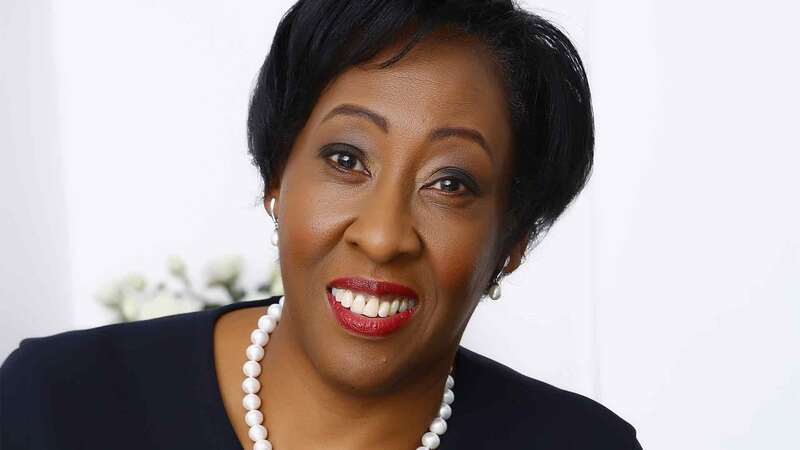You are viewing your 1 free article this month. Login to read more articles.
PA seeks to address staffing diversity fall
The Publishers Association’s second workforce survey has found improvement in the number of women landing leadership roles in UK publishing, as well as a "high" representation of LGBT+ and disabled staff. However, it noted concerns around the scale of the challenge addressing black, Asian and minority ethnic (BAME) representation in the industry’s ranks after 2018’s survey revealed BAME staff proportionally occupy even fewer roles than suggested a year ago.
The PA’s latest survey found publishing has more than four times the proportion of LGB employees than that of the estimated UK population, at 8.2% versus 2%*. In comparison with its findings last year, the report also showed significant increases in staff identifying as LGB, up from 4.5%, and with a disability, rising from 2.3% to 5.4%. But while this is positive, the PA said addressing BAME representation was "a big challenge".
The results of 2017’s inaugural survey showed 13% of surveyed employees identified as BAME, suggesting the industry was only two percent away from achieving the PA’s 15% target, set in its industry-wide 10-point inclusivity action plan, which seeks to bring about closer alignment with UK demographics. A year on, data obtained from what the PA called "the most comprehensive survey ever conducted of the UK publishing workforce" revealed the situation is worse than first thought: 2018’s more comprehensive data set shows that 11.6% of surveyed publishers’ staff identified as BAME, a fall on the initial 13% figure.
Drawing on a larger sample— with company participation up 82.6% on 2017 and the number of employees surveyed more than doubled—the PA worked with inclusion specialist Equal Approach to crunch data supplied by 6,432 respondents and 42 companies—from micro-presses to "industry leading organisations" across academic, education and consumer publishing—representing a workforce of more than 10,500 people.
While 2018’s survey may provide a more realistic picture, 2017’s survey led to the setting of two five-year goals. The first aimed for at least 50% of leadership positions and executive roles to be occupied by women, a target realised, according to 2018’s data, which showed an "encouraging" 5% increase from 49% to 54%. The second, proving more elusive, was for BAME staff to comprise 15% of publishers’ workforce by 2022, in order to ensure the trade’s staffing better reflects the UK population. In the UK, 14% of people identify as BAME; in London the figure is 40.2%.
In light of the overall decline, the PA said it is likely that, as the survey has grown, "a more accurate" industry-wide figure has emerged. Were it to isolate and compare the make-up of companies who took part last year to this year, a like-for-like comparison would show their BAME employee figures have improved. Stephen Lotinga, PA c.e.o., said this "does not take away from the scale of the issue and the work that will be required to address it". This said, the latest findings show the industry remains dominated by individuals from a white background (87.3%**).
Backed by a new Diversity & Inclusion Taskforce for guidance, the PA’s work in 2019 will focus on three core areas. First, the recruitment, retention and development of BAME staff: to that end, it is launching employee- focused roadshows in partnership with Creative Access. The second area of focus is regional diversity, which the PA will seek to improve by launching workshops in partnership with the Northern Fiction Alliance, running publishing courses outside London and the south-east. It will also support publisher ambassador presentations and career talks, and back the Spare Room Project, whereby trade staff offer potential employees from outside London free accommodation for the duration of an internship in the capital. The third focus area, mental health, will be addressed by the introduction of training workshops on “mental-health first aid” as well as support of industry-wide activity for Mental Health Awareness Week.
"While the data does show some progress is being made, we should not shy away from the fact that there are still some key areas where much more needs to be done," said Lotinga. "There is common recognition among publishers of the importance of diversity and inclusion issues, and the PA is committed to this work in the longer term, in terms of further developing the survey and our broader work, to help the industry identify and direct their action on inclusivity.”
*Source: ONS 2016. **This figure is higher than the overall UK population at 86%. Approximately 1.1% of respondents to the survey chose not to reveal their ethnicity.














